
Here’s my contribution to blackswampgirl’s (aka Kim) Not In My Garden meme over at A Study in Contrasts. Long-time visitors (both of you) might recognize that the above image is a PhotoShopped combo from two earlier posts, Pink Filipendula and Honey, does this peplos make my butt look fat? The image came to mind as I thought about Kim’s meme. And I realized that I could make it even with my modest imaging skills. Hopefully it will relate to the text.
What you won’t find in my garden:
Formal design. No straight lines here, or proper spacing between plants. I love visiting a great formal garden because I can’t do it myself without a team of OCD hired help. It would drive me mad because I’d notice every plant out of line and every weed between the plants.
 Real garden statuary. Not that I don’t like it. Just my taste exceeds my means. I would love to put real, classic garden statuary in wilder spots of the garden. Such ornament would give it that kind of ‘nature taking over’ look. Just can’t afford it. If anyone wants to donate a real Venus Kallipygos or the southeast Asian statues that Nicole shot at Chiang Mai (and more Budha park) or any of the Laotian art she shot, I’ll give them a proper home. You donate, I’ll pay the shipping. Hurry, or I may resort to tacky modern imitations (right).
Real garden statuary. Not that I don’t like it. Just my taste exceeds my means. I would love to put real, classic garden statuary in wilder spots of the garden. Such ornament would give it that kind of ‘nature taking over’ look. Just can’t afford it. If anyone wants to donate a real Venus Kallipygos or the southeast Asian statues that Nicole shot at Chiang Mai (and more Budha park) or any of the Laotian art she shot, I’ll give them a proper home. You donate, I’ll pay the shipping. Hurry, or I may resort to tacky modern imitations (right).
Stylish garden wear. Sloggers make great hanging planters. But when I garden, I don’t want to look good or worry about getting something dirty or ripped. That includes footwear.
Deer candy. Well actually I’ve got quite a few tulips and hostas. But I either moved them from our old place or came by them for free. With our deer pressure, I won’t spend any more money on ornamentals deer like. The more poisonous the plant, the more I like it.
Weed-free lawn. I would love a putting green or croquet court. I love the look of athletic turf. But don’t have the time or the energy. I’ve invited our turf guy to bring his class to my place to do turf weed identification, because I’ve got them all. I just run the rotary mulch harvester through it every week or so and put a little nitrogen on it most falls.
Enuf for now. I’m sure I’ll think of more this weekend. Stop back.
Update for Kim. Better?

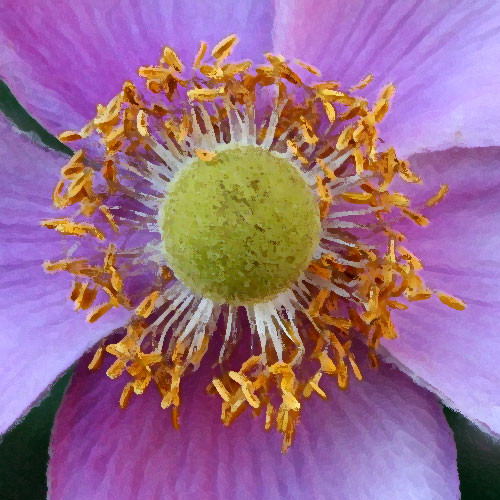
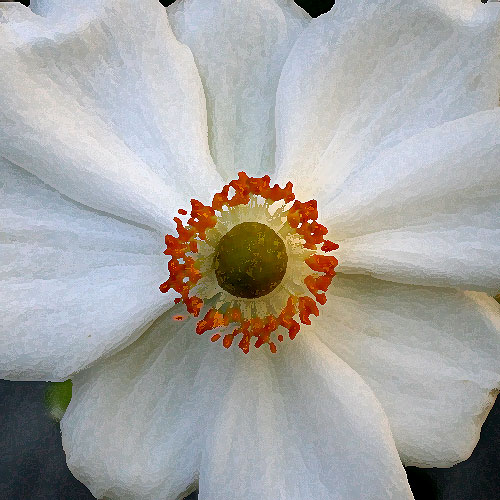


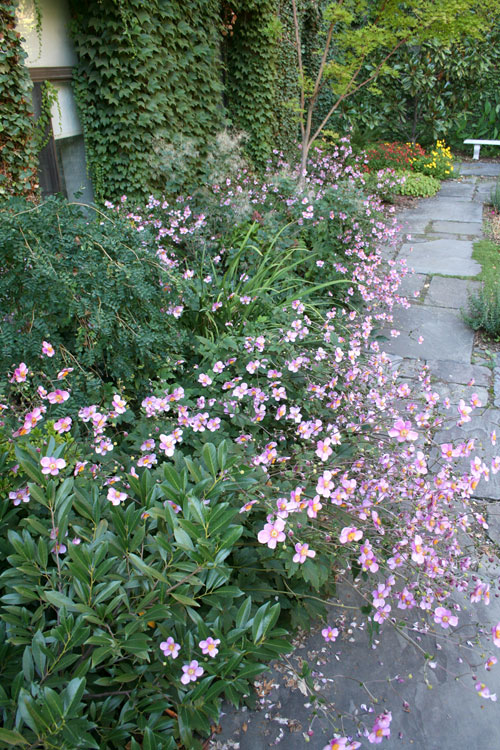
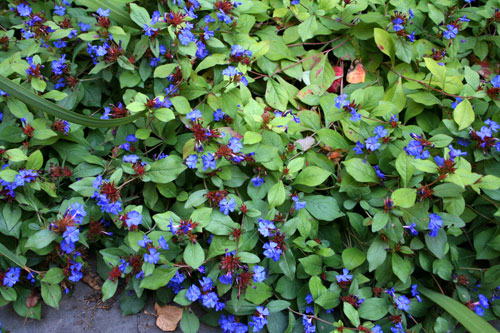
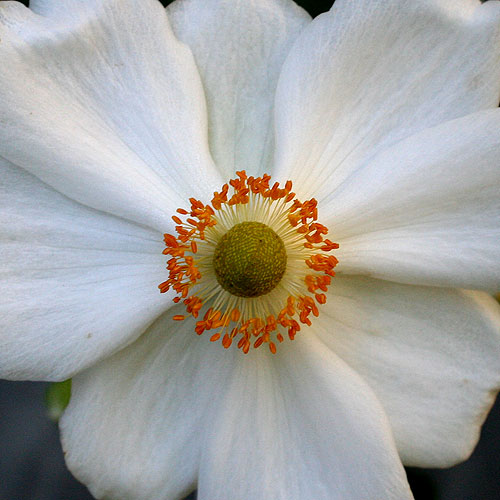

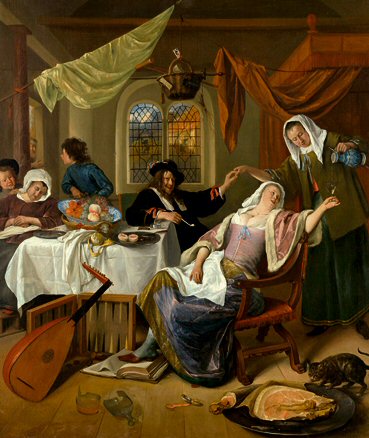
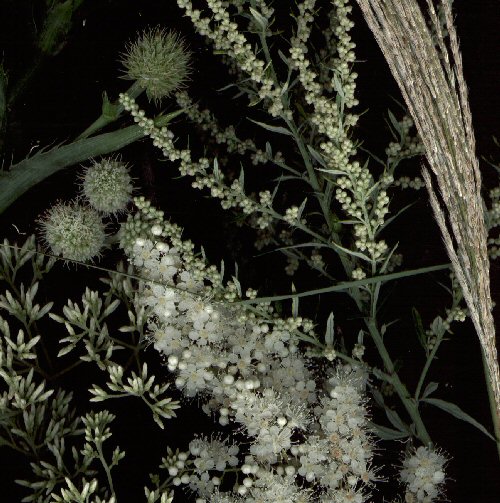




 Real garden statuary. Not that I don’t like it. Just my taste exceeds my means. I would love to put real, classic garden statuary in wilder spots of the garden. Such ornament would give it that kind of ‘nature taking over’ look. Just can’t afford it. If anyone wants to donate a real
Real garden statuary. Not that I don’t like it. Just my taste exceeds my means. I would love to put real, classic garden statuary in wilder spots of the garden. Such ornament would give it that kind of ‘nature taking over’ look. Just can’t afford it. If anyone wants to donate a real 
